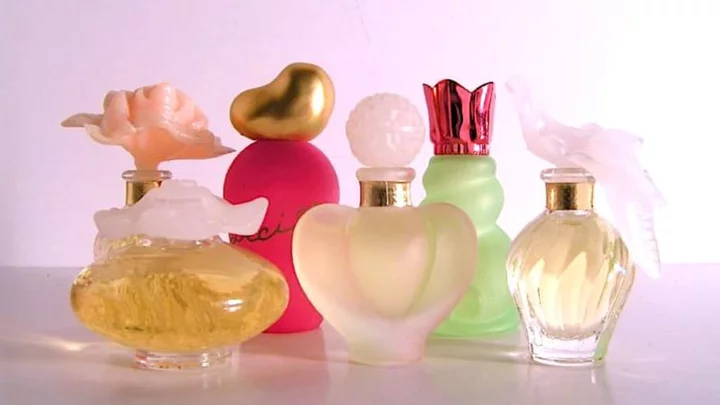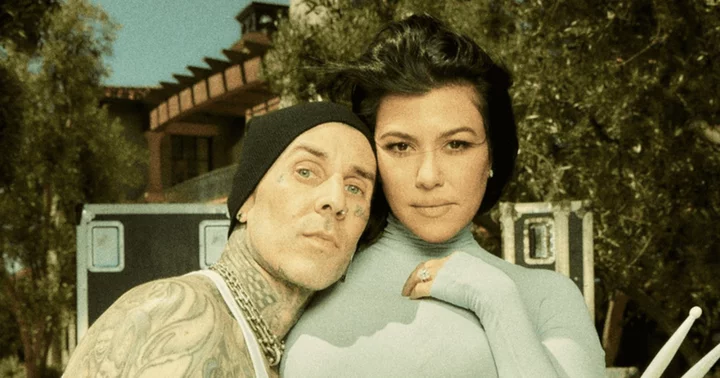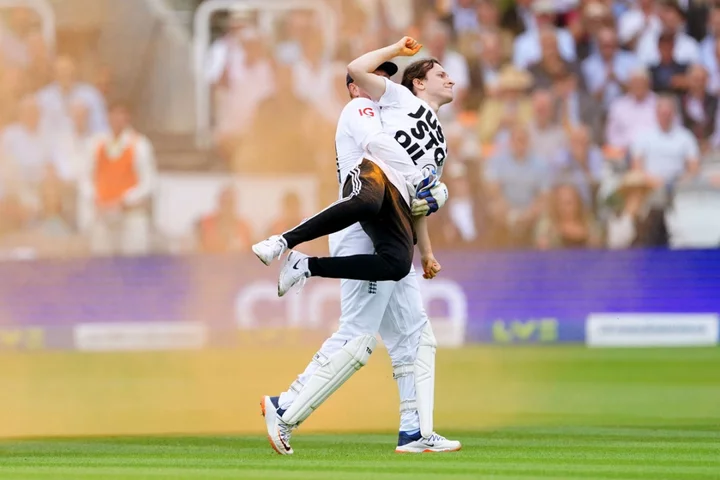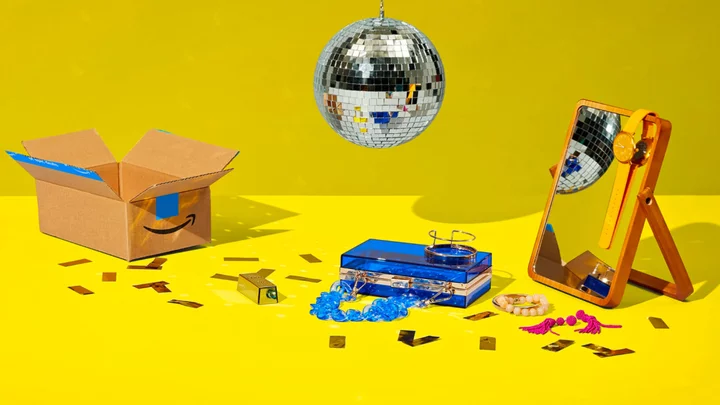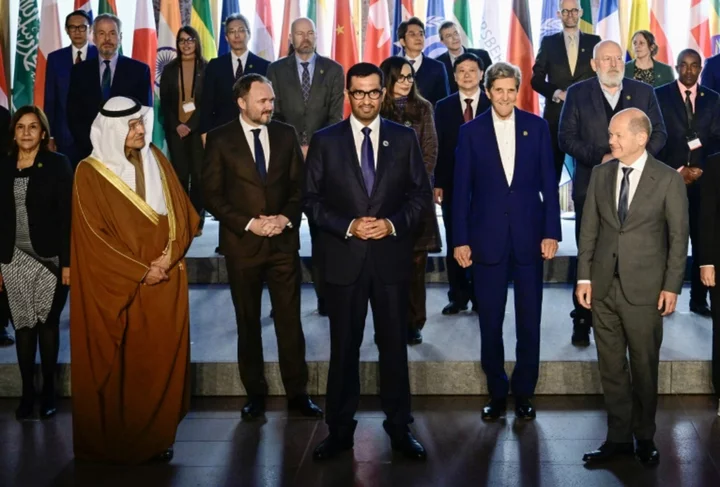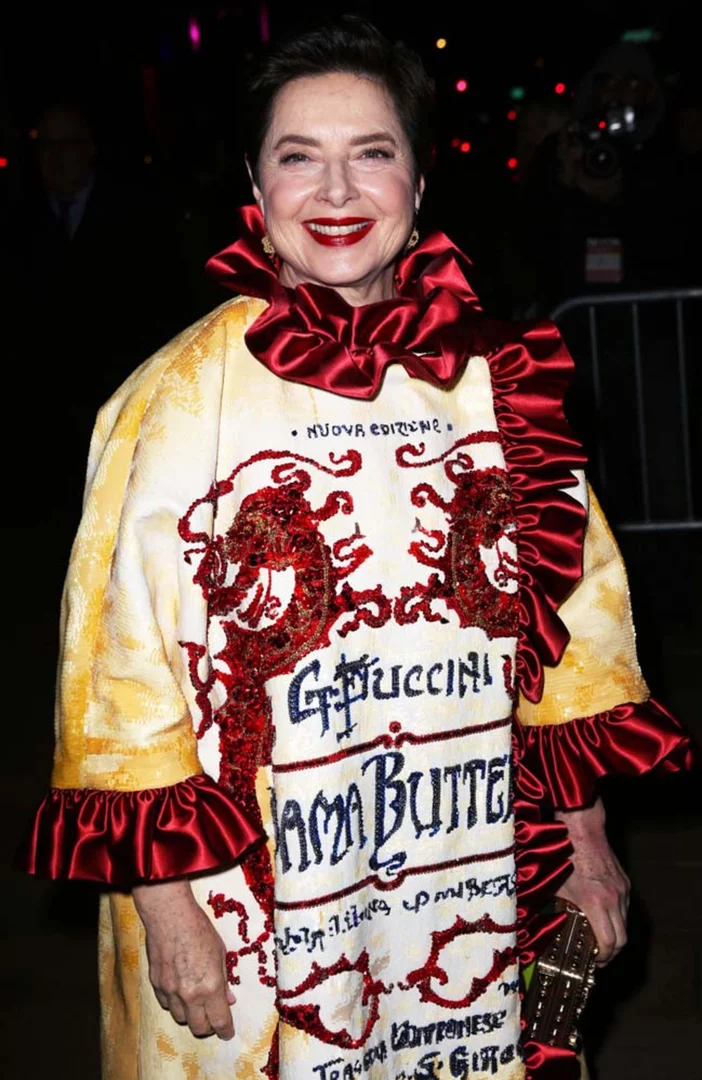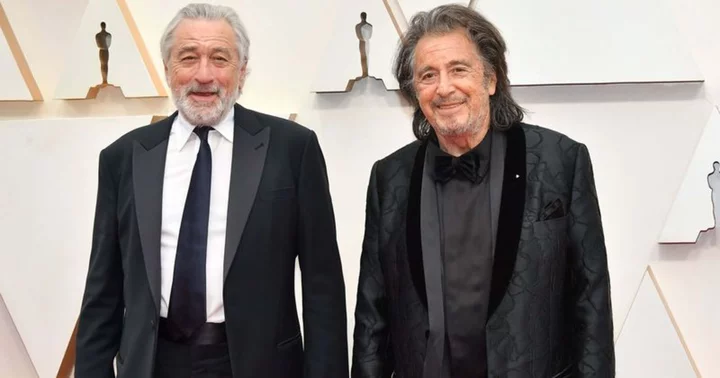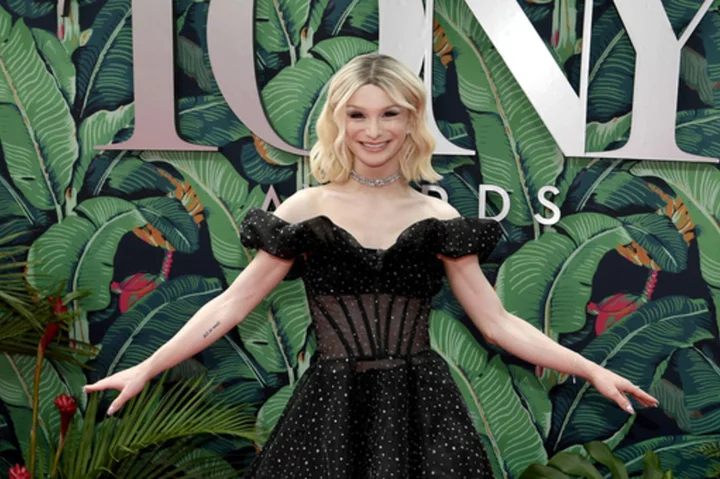There was nothing understated about the ’80s, and the scents of the decade—both designer and drugstore—definitely reflected its brashness. Big hair, boxy shoulder pads, and power suits had nothing on the big, powerful, and melodramatically potent perfumes that made a grand entrance long before their wearers.
“The American woman has acquired a taste for eaux de toilettes and colognes that are unusually strong and lasting,” The New York Times reported in 1988. What The Times didn’t mention was that many men’s fragrances had become equally brazen.
It wasn’t only the robust perfumes themselves that gave shape to an era, but also the controversy of their names, the decadence of their ad campaigns, and their ability to spark rabid loyalty in consumers (so much so that one celebrity was even buried with a bottle of his favorite eau de ’80s.) Here are 11 bodacious scents that were the quintessence of the post-Me Decade.
1. Opium
Yves Saint Laurent debuted Opium, a “warm floral” fragrance with notes of cloves, rose, myrrh, and sandalwood, in 1977. For its launch party, the fashion house rented a ship called the Peking to sail New York’s harbor—with Truman Capote as its captain—draped in rich red, gold, and purple, while an enormous statue of the Buddha rounded out what the media would describe as an “Oriental theme.” The Los Angeles Times reported a Studio 54-like atmosphere: “More people were snorting cocaine in the bathroom than ingesting 13,000 oysters, clams, and mussels on the disco deck. People were actually having sex on a lower deck.” Diana Vreeland was on board the ship, and model Jerry Hall, who began dating Mick Jagger around the same time, was the face of the ad campaign.
Despite the perfume’s heady air of sex, drugs and glamour, not everyone wanted to join the party. Offended by the name, a group of Chinese Americans formed the American Coalition Against “Opium” and Drug Abuse and boycotted the perfume, claiming that Yves Saint Laurent was glamorizing drug use and showing insensitivity to the Opium Wars that took place in 19th-century China.
The controversy did little to curb the perfume’s market appeal, and the spicy, lingering scent became an ’80s powerhouse, paving the way for equally audacious perfumes. Opium hadn’t, however, experienced its last brush with controversy. Other groups would complain of Opium’s tawdry sexuality and glorification of drug use well into the 2000s.
2. Obsession
Perhaps inspired by YSL’s envelope-pushing sexuality in its ads, Calvin Klein’s Obsession became synonymous with commercial eroticism. The first television ads, shot in 1985 by legendary photographer Richard Avedon, depicted a dystopic minimalist set and four tableaux in which different people describe their obsession with a beautiful woman. The faux poetry and melodramatic scenes would have become instant memes, had memes been a thing in the mid-’80s. According to Tom Reichert in his book The Erotic History of Advertising, Obsession launched not long after Klein’s divorce, during a period when the designer was admittedly engaging in “anything goes” promiscuity.
3. Love’s Baby Soft
Teen fragrance Love’s Baby Soft went so far over the line of decency with its first ad campaign in the ’70s that you’d expect Chris Hanson to come out from behind the curtain.
But Love’s Baby Soft, sold at drugstores nationwide, managed to become a true ’80s power perfume among the tween (or “preteen,” as the age group was called back then) and teen set. It probably helped that the perfume itself smelled like the lid had blasted off an economy-size bottle of baby powder and heavily dusted the person wearing it. It also helped that by 1980, Love’s changed its ad campaign to depict tween girls hanging at an innocent party with tween boys.
4. Poison
Christian Dior’s 1985 perfume Poison had an immediately recognizable, indescribably heavy, and mutable smell like overpowering grape-flavored gum. (Officially, it had notes of orange blossom, plum, tuberose, jasmine, amber, and musk.) It was a scent that elbowed its way into a room, monopolized the conversation, and, maybe charmingly, overstayed its welcome. It could be deliciously intoxicating and nauseatingly headache-inducing. It could smell like the best combination of sex and danger, or it could smell like that aging aunt who flirted with all your boyfriends.
5. Jovan Musk
In a 1972 trend piece about musk oil having recently become popular, Bernard Mitchell, then-president of Jovan, Inc., opined, “The scent will stay with you maybe four days. It doesn’t wash off when you swim or bathe.” Based on its potency alone, Jovan Musk was certainly positioned to transition from a mere patchouli alternative to an ’80s power perfume. Then the Rolling Stones entered the chat and Jovan Musk truly became a contender.
In 1981, Jovan paid the Rolling Stones $1 million to put the brand’s name on the tickets sold during the band’s “Tattoo You” tour of America. It was the first brand to sponsor a rock tour, and the practice soon became a music industry standard. “Here was early evidence of the Stones’ redoubtable refusal to let dignity get in the way of making cash,” wrote The Guardian rock critic Alexis Petridis in 2009.
Jovan didn’t stop at celebrity endorsements in its appeal to ’80s consumers; it also jumped on the sexy train. After creating an over-the-top 1984 commercial (above), Jovan hired Adrian Lyne, director of steamy ’80s blockbusters Flashdance, 9½ Weeks, and Fatal Attraction, in 1987 to create a commercial with the theme “What is sexy?” The question was answered with 29 provocative images in 30 dizzying seconds.
6. Giorgio
While garish sexuality was practically a guaranteed seller of scents in the ’80s, unabashed status was its own powerful market force. And nothing said status like Giorgio.
Bearing the name and signature yellow-and-white stripes of one of Beverly Hills’ most exclusive boutiques, the strong, sweet, and instantly distinguishable floral scent of Giorgio could be yours at only $150 an ounce. And the brand didn’t even have to pay for celebrity endorsement. Giorgio boutique owner Fred Hayman told The New York Times that, as soon as the perfume launched, Hollywood “tastesetters” began wearing it and telling others about it. The newspaper pointed out in the same 1986 story that the perfume was now everywhere: “Farrah Fawcett wears it, Jacqueline Bisset wears it, even Michael Jackson wears it. It has become so recognizable that doormen and cab drivers have been known to call out ‘Giorgio’ when women wearing it walk by.”
Not everyone in New York took a nose full of Giorgio with the same good humor as the city’s doormen and cab drivers. Restaurateur Richard Lavin of Lavin’s Restaurant and Wine Bar banned the perfume specifically (along with any patchouli-scented substances) from his 39th Street establishment, telling the Los Angeles Times in 1986 that he had received letters of support from all over the country.
7. Designer Imposters
With designer perfumes like Giorgio having become so strong and so distinguishable that one whiff allowed for instant brand recognition, packaging mattered less and the market was flooded with olfactory copycats. Though designers tried to tamp down on imitators, they couldn’t because scents in perfumes can’t be trademarked.
One of the leading lines of mimickers, branded Designer Imposters by a Connecticut company called Parfums de Coeur, became a drugstore fixture. Among the first products were an Opium imposter called Ninja, an Obsession knockoff called Confess, and a Giorgio imitator whose aluminum spray can boasted the slogan, “If you like Giorgio, you’ll love Primo!”
8. Brut
If Designer Imposters was the mass market’s answer to the primo classiness of women’s designer perfumes, then Brut was its answer to those pour homme. Though the cologne initially launched in the early ’60s (Elvis was a fan), everything about Brut made it an ’80s power player. Brut champagne was the inspiration for its vibe as well as its bottle’s design (even though that bottle was sometimes part of a value pack that included soap-on-a-rope). It was strong in an eyebrow-singeing way. And it teemed with the promise of sex. “We all saw the TV ads. Joe Namath used Brut, and we all knew how Joe did in the babe department. Why, the poor man could barely walk,” joked journalist Rob Hiaasen in The Baltimore Sun.
9. Beautiful
Launched in 1985, Estee Lauder’s Beautiful stood conspicuously apart from other ’80s perfumes. Though it was strong (it was a blend of 1000 flowers, plus citrus and wood notes), it wasn’t as bold or sexually aggressive as scents like Opium, Poison, or Giorgio. And its ad campaign reflected its relatively prim attitude. Instead of featuring the naked bodies, stalking panthers and Garden of Eden images, Beautiful was all about weddings. Its TV commercials, like the one above starring a young Paulina Porizkova, always played on some variation of a bridal theme. The brand also staged “weddings” in department stores to promote the fragrance.
Though its message was comparatively square, the perfume found a fan in Andy Warhol. The year the scent first emerged, Warhol was, according to The New York Times, spotted at a party with a bottle of the perfume, spraying it liberally about the room. “It’s all in the name, you know. People can say you smell Beautiful,” he said. “I was thinking it might be fun to start my own perfume line and call it Stink.” Warhol was buried with a bottle of Beautiful when he died in 1987.
Beautiful wound up being ahead of the curve. A few years later, Calvin Klein introduced Eternity, a scent with a very different message from that of Obsession. “Spirituality … love … marriage … commitment. I think that is the feeling that is happening all across the country,” Klein said at the time.
10. Electric Youth
Though the adult perfume market was morphing by the end of the decade, teenage fragrances remained the same. Debbie Gibson launched Electric Youth in 1989 to coincide with her same-named album, song, and music video. The perfume was just as strong as Love's Baby Soft, only this one smelled like nuclear-level cotton candy. Gibson was one of the very first celebrities to have a perfume created specifically to complement the launch of an artistic endeavor, and today, it’s commonplace: Everyone from Britney Spears to Justin Bieber to Nicki Minaj have shilled signature scents alongside similarly themed albums.
11. Drakkar Noir
Though it launched in 1982, designer Guy Laroche’s clean-smelling Drakkar Noir didn’t seem to get the same attention as heavier designer colognes like Obsession for Men or Giorgio’s men’s offering. But in the late ’80s, it seemed to be everywhere, possibly because, like Beautiful, it was a little subtler. While Joe Namath strutted about town collecting babes in the name of Brut, the Drakkar Noir man was an aloof type, attracting women with his quiet, brooding magnetism. It was a cool, mysterious, and sexy status scent that paired well with Lamborghinis and cigars.
A version of this story was published in 2013; it has been updated for 2023.
This article was originally published on www.mentalfloss.com as 11 Iconic Perfumes of the 1980s.

